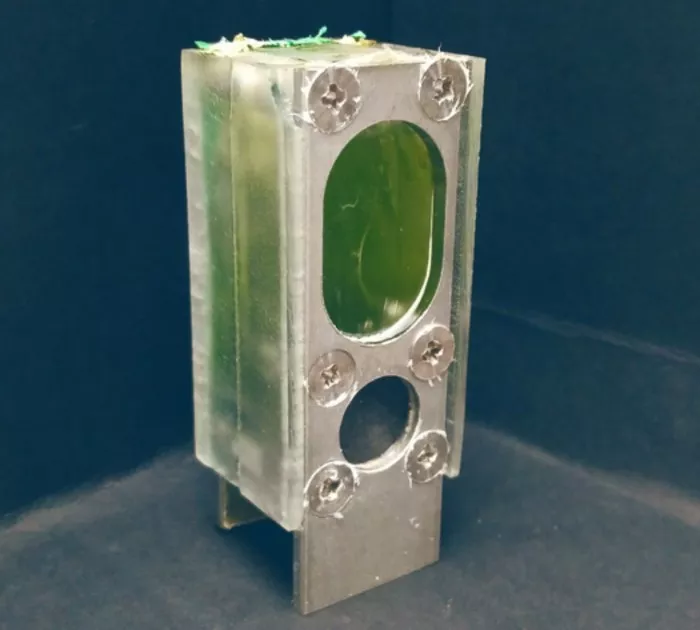British researchers used a widespread blue-green algae to power microprocessors for a year, using only ambient light and water. The system has the potential to power small equipment in a reliable and renewable way. The study was recently published in the journal energy and environmental science.
The size of the system is equivalent to that of AA battery. It contains a kind of non-toxic algae called Synechocystis, which can naturally obtain energy from the sun through photosynthesis. The small current generated by it interacts with the aluminum electrode and is used to power the microprocessor.

The system is made of ordinary, cheap and mostly recyclable materials. This means that it can be easily copied hundreds of thousands of times to power a large number of small devices as part of the Internet of things. Researchers say it is most useful when it is off grid or in remote areas, where a small amount of electricity can be of great benefit.
Professor Christopher Howe, CO senior author of the paper and professor of Biochemistry at the University of Cambridge, UK, said: "the growing Internet of things needs more and more electricity. We think it must come from systems that can generate energy, rather than simply storing energy like batteries." And the photosynthetic device will not run out of power like a battery because it constantly uses light as energy.
In the experiment, the device has been proved to be widely used to power the microprocessor of Internet of things devices. The Internet of things is a huge and growing network of electronic devices. Each device uses only a small amount of power to collect and share real-time data through the Internet. Using low-cost computer chips and wireless networks, billions of devices have become part of the network, from smart watches to temperature sensors in power stations. By 2035, this figure is expected to grow to one trillion devices, which requires a lot of portable energy.
The researchers also explained why the device can operate in a domestic environment or semi outdoor conditions under natural light and related temperature fluctuations. Algae do not need to be fed. It will produce its own food during photosynthesis. Although photosynthesis needs light, the device can even continue to generate electricity in the dark. This is because algae will continue to process some food without light, which will continue to generate electricity.